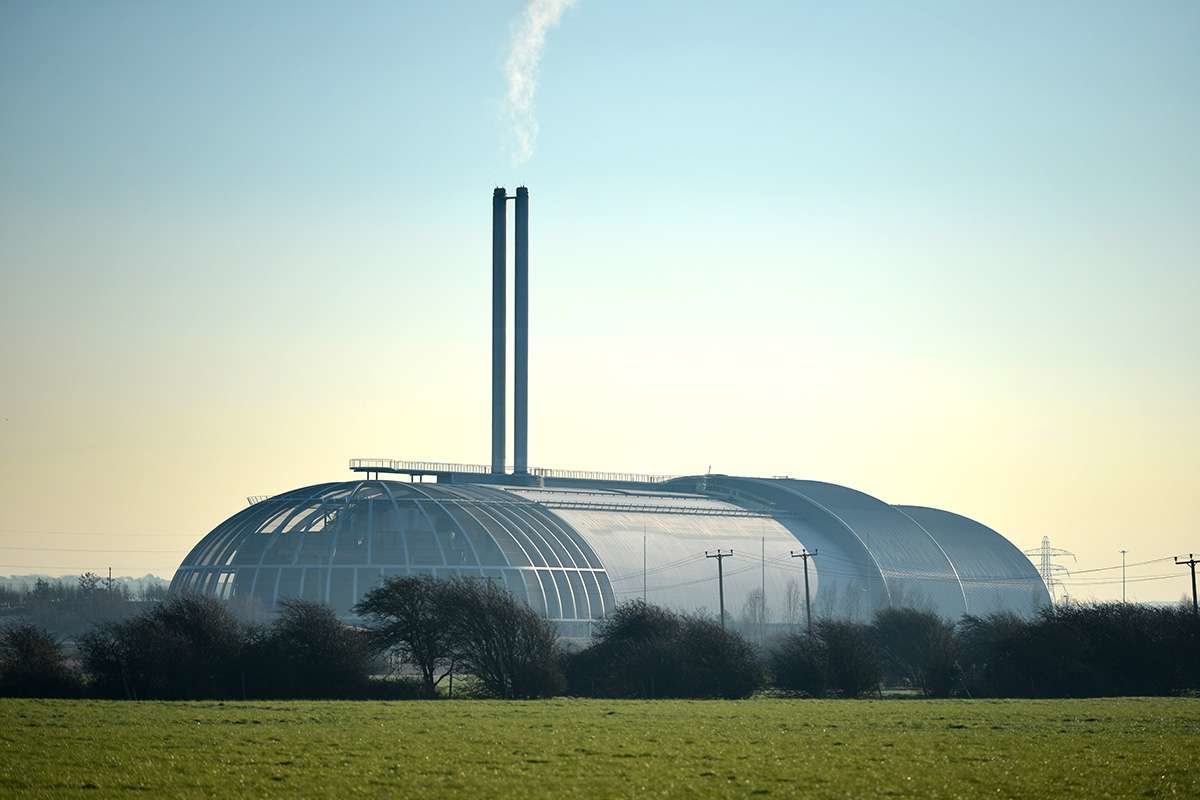
The incineration of waste was once considered a good alternative to landfill. Katie Burton visits an incinerator to explore the pros and cons of burning rubbish
By
In London, we burn a lot of rubbish – 53 per cent of it. That’s compared to 30 per cent of household waste that gets recycled (a fairly pitiful figure compared to the household recycling rate of 44.6 per cent for England as a whole), and 13 per cent that’s sent to landfill. The amount of rubbish being burned in the capital has almost doubled in the last decade, reaching nearly two million tonnes in 2017.
The rest of the country is burning more rubbish too. The UK sent 39 per cent of all waste collected by local authorities to incinerators in 2016/17. The increase is largely the result of a move away from landfill in response to the EU’s Landfill Directive, which led to a tax on the practice.
The Treasury has now announced that it is considering imposing a tax on the incineration of waste. If agreed, it will be included in the next budget statement due to take place on 29 October. The measure would represent a significant fall from grace for incineration, once considered a favourable alternative to landfill and a convenient way of producing energy. Indeed, the fact that almost 98 per cent of the waste we burn is converted into energy – a process called ‘energy from waste’ (EfW) – has always been incineration’s main selling point.
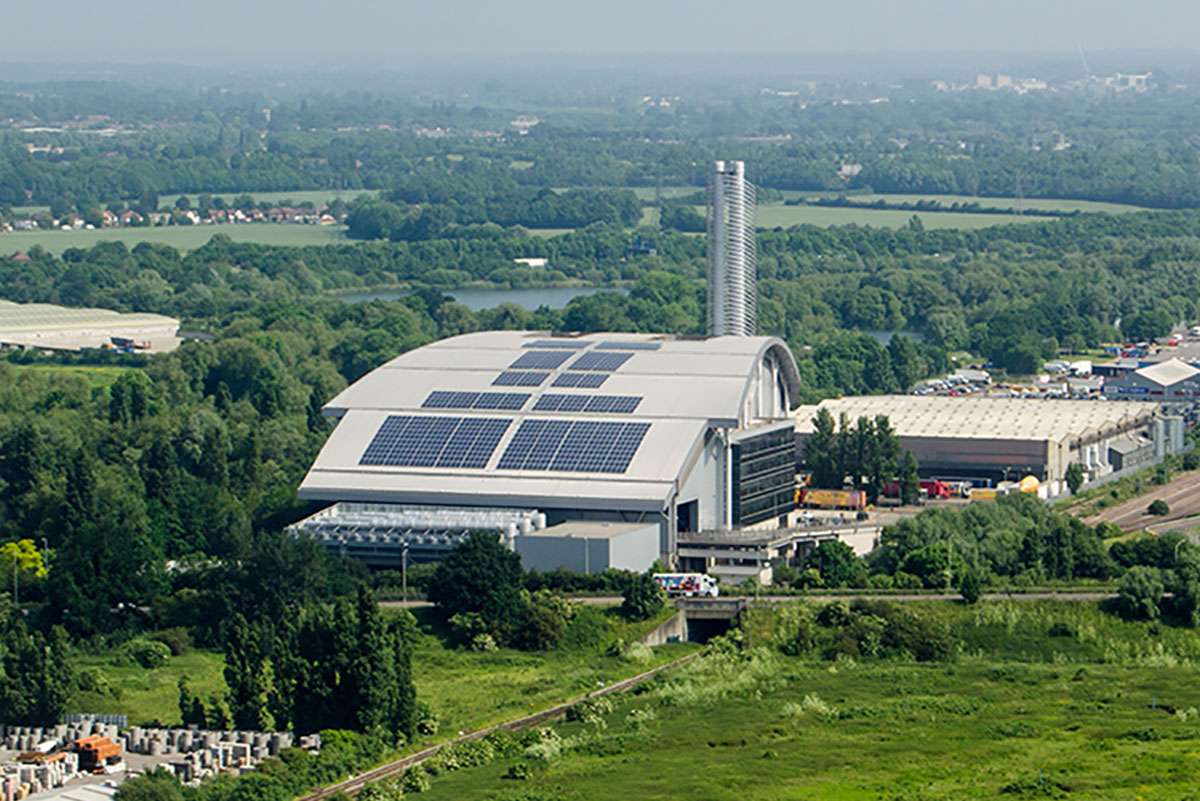
Just outside Heathrow Airport, in West London, a white spiralling chimney pierces the sky. A little closer, and a smell reminiscent of bins left languishing hints as to what goes on inside the building beneath. Lakeside Energy from Waste is one of the country’s largest facilities for converting rubbish into energy. Danny Coulston, director of operations, explains that the facility takes in 450,000 tonnes of waste from households and industry each year for use as fuel.
The process starts with the waste being burned at 1,000ºC in one of two boilers. As in any power plant, this heats water in the boilers’ tubes and vaporises it to generate steam. Massive silver pipes transfer the steam at very high pressure to a turbine (the pipes twist and turn through a series of rooms, each hotter than the last). The steam causes the blades of the turbine to spin, which in turn drives a generator. The resulting electricity is transferred to the power grid.
The key advantage of this process is that it avoids the deleterious consequences of landfill, such as toxic chemicals leaking into groundwater and the release of methane. At Lakeside, they can provide electricity to 55,000 homes every year. The ash produced by burning the waste is also converted into aggregates suitable for construction projects or road surfacing. Coulston is keen to emphasise that the plant isn’t just an incinerator. ‘I consider this to be a power station,’ he says. ‘The waste is fuel and we generate power from that waste. We provide base load to the grid and for me that’s quite important.’
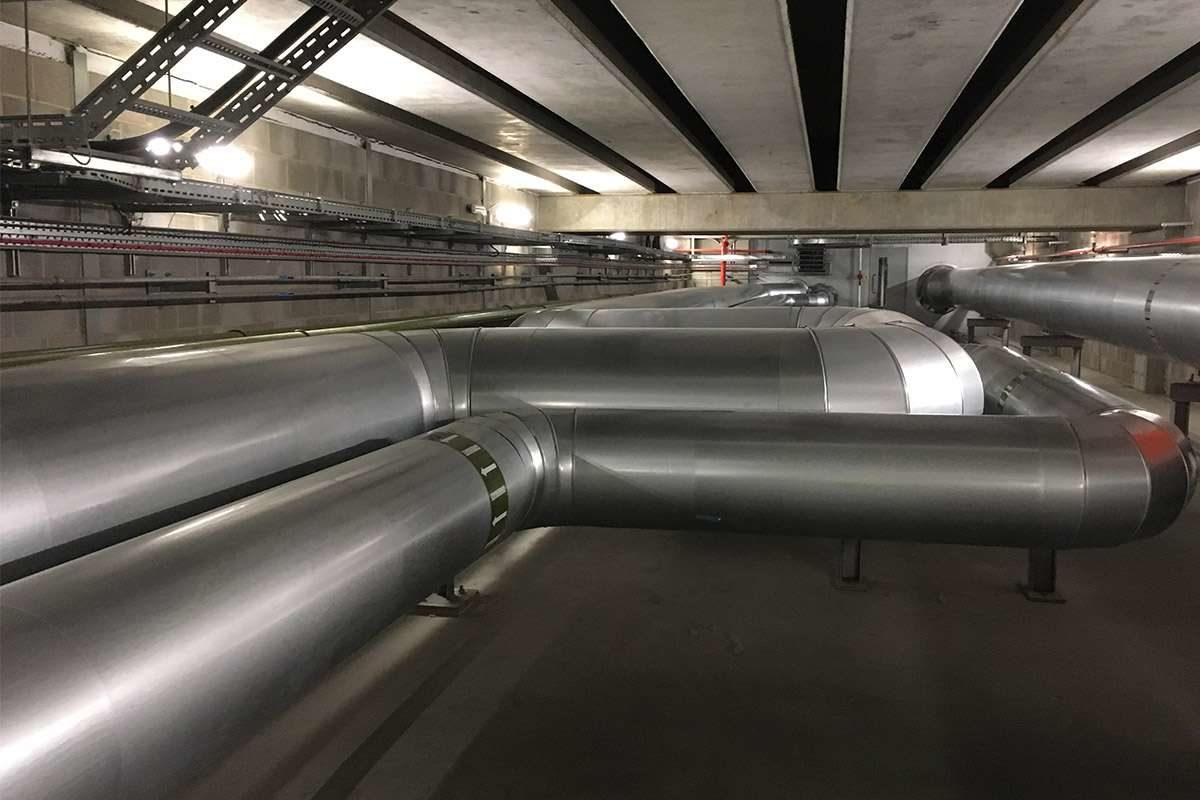
He also points to the fact that the facility produces low emissions. Limits for incinerator emissions are set by the EU and Coulston points to a screen on which bright green figures reveal that they are currently producing dust at a level of just 0.6mg per cubic metre (the EU limit is 10mg). In general, gases from the boiler are cleaned before being released into the atmosphere.
Critics however, are vociferous in their opposition. The UK Without Incineration Network (UKWIN) presented a report to the House of Lords that claimed incinerators have never been required to report particulate emissions in the detail necessary to truly assess their impact on human health. The organisation also points to the greenhouse gases emitted (the amount depends on the make-up of the waste burned, but UKWIN says that for every tonne of waste burned, more than one tonne of CO2 is typically released into the atmosphere). Most importantly of all, it argues that incineration discourages recycling. The contracts entered into between EfW companies and local authorities tend to be very long in duration (20 to 30 years). According to UKWIN, this locks the authority into sending waste to incineration, diverting material that should be recycled.
Shlomo Dowen, a director at UKWIN, says that most of what is described as ‘residual waste’ and then burned isn’t really residual. The contents of black bin bags aren’t sorted in the way that recycling collections are and so rubbish chucked in a regular bin will normally make its way swiftly to landfill or incineration, whatever it contains. Hard-to-recycle plastic rejected by recycling plants (such as black plastic food containers and film) meets the same fate. ‘It’s not that what is leftover that could have been recycled or composted has been taken out, it’s just what the local authority couldn’t be bothered to compost or recycle,’ says Dowen.
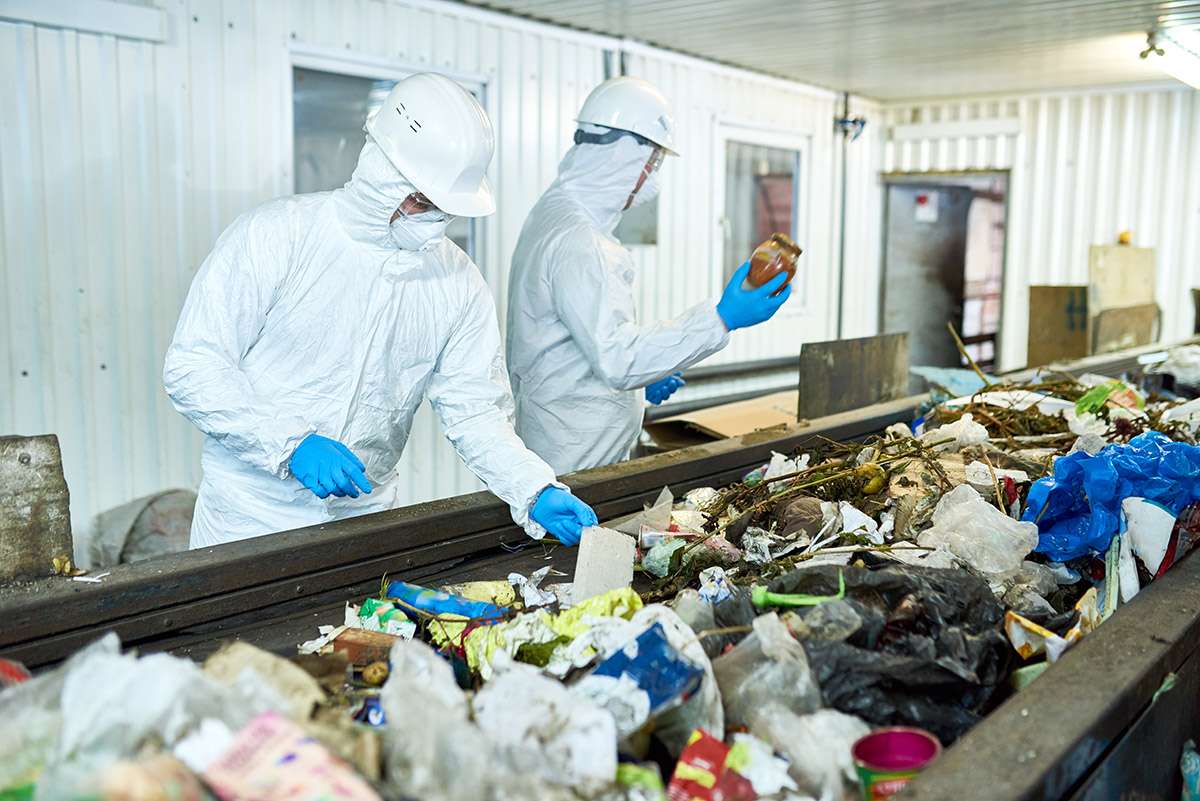
He adds that data gathered by UKWIN about the waste that enters incinerators reveals that around 20 per cent is usually composed of plastic, much of which could be recycled. As plastic is made from petroleum it is essentially a fossil fuel that releases carbon when burned. There is also a large proportion of card that could be composted and food waste that could go to anaerobic digestion facilities. Dowen is calling for investment into better collections and recycling facilities to counter this.
At Lakeside, it’s hard to tell what the waste that arrives is composed of. The bunker it’s stored in is so deep, the general impression is of a vast pile of grey matter, though there’s certainly plenty of plastic bags peeping out. Coulston explains that it’s not the job of the facility to sort through waste, so anything that it receives will enter the boilers, recyclable or not.
The truth of this is revealed deeper inside the building. Coulston opens a hatch in an innocuous looking wall and is greeted by an apocalyptic scene – a bonfire on steroids. Flames glare orange as they twist up and away from the burning piles of rubbish. A few seconds next to the glass partition is enough to draw out a sweat.
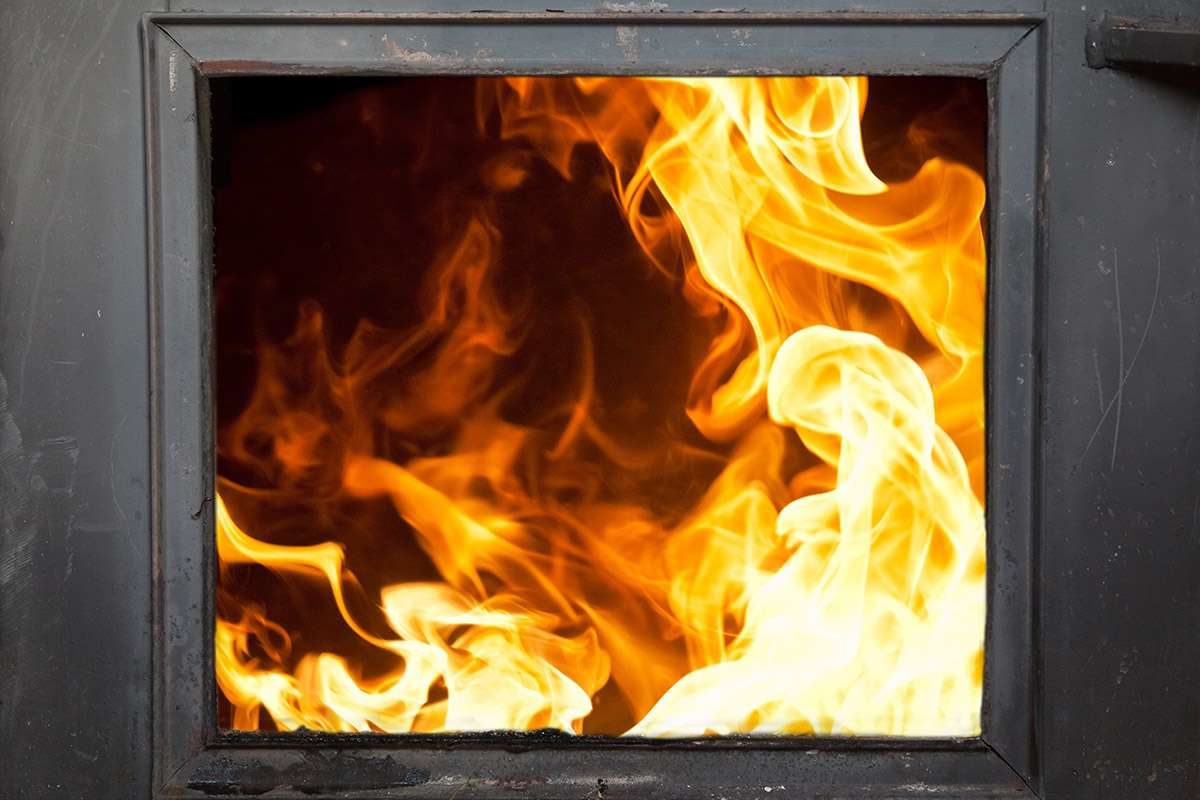
When it comes to the wisdom of this process, Ian Williams, a professor of engineering at the University of Southampton, agrees with the assessment of UKWIN. As an advocate for a circular economy he views EfW as a process that permanently destroys materials, thereby prohibiting circularity. For him, ‘waste’ is the wrong word to use – the stuff we throw out should be called ‘resources’. ‘Sadly, what we seem to have done is built more incinerators in England in the last few years, which was the wrong decision,’ he says. ‘Once you build an incinerator it has to have a lifetime of 20 to 30 years. You have to feed the monster. We’re still going to be burning our resources in 2040 to 2050.’
Incinerators are common in some other European states, particularly Denmark, Germany and Sweden. In 2014, Germany converted almost 39 million tonnes of waste to energy, compared to around two million tonnes in the UK. While incineration allows these countries to divert waste away from landfill (less than one per cent of Sweden’s waste ends up in the ground) the practice has become so prevalent that they have run out of waste to burn. In the wake of rising recycling rates, Germany now imports waste from countries such as the UK to keep its incinerators well-fed.
Williams says we should look at what countries such as Germany are doing now as our guide, rather than their past activity. He says that the Germans and Scandinavians invested heavily in incineration 20 years ago but are now shifting their focus. ‘Their incinerators are coming to the end of their lives and they are not re-commissioning them. Instead, they are investing in high-end recycling and circular economy policies.’
Whether the UK will face the same over-capacity problems is subject to an ongoing debate. Companies that run incineration plants in the UK, including Suez UK, have argued that high tariffs, imposed as a result of Brexit, could prevent the UK exporting waste to the continent in the quantities we currently do. They say that we will need more incinerators as a result, rather than less.
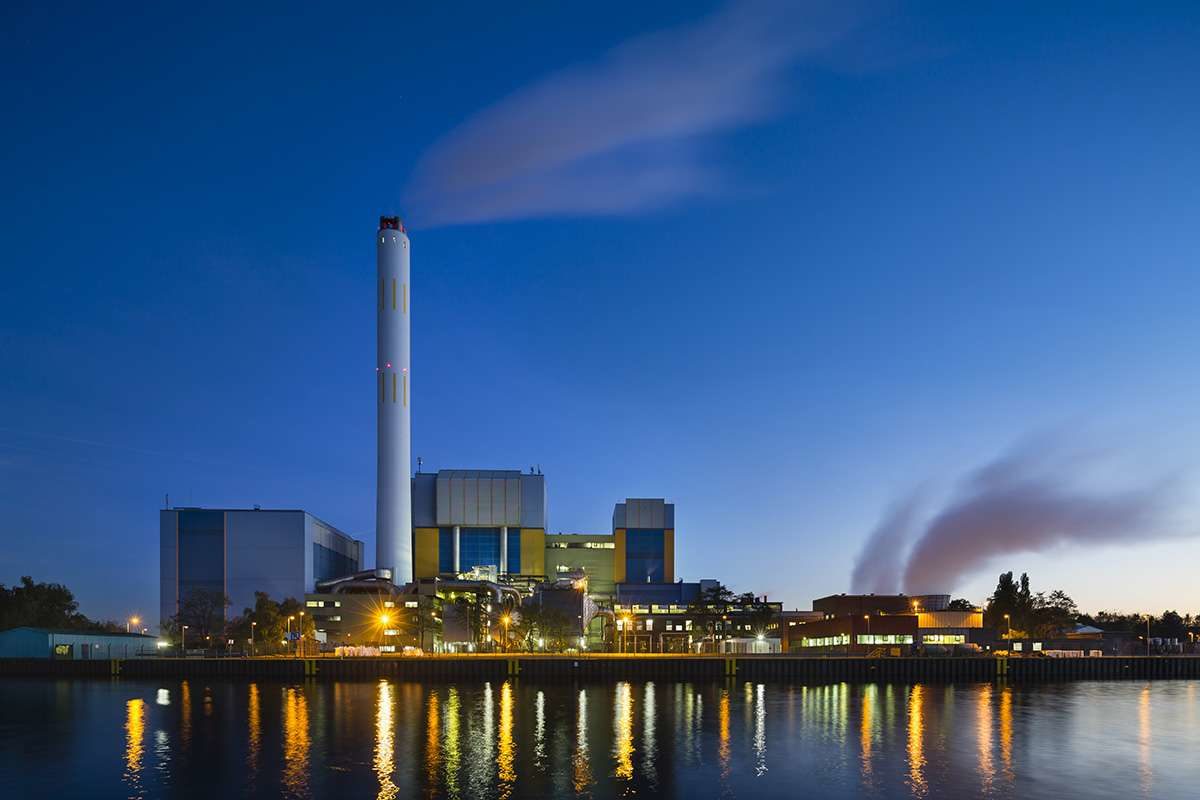
Coulston adds that, according to market analysis, our ever-increasing population and continued immigration will mean that the volume of residual waste will stay the same over the next 20 years, even when recycling rates go up. In fact, the UK is already increasing EfW capacity. Viridor, one of Lakeside’s shareholders recently announced that it’s investing £1.2bn in new UK facilities.
Anti-incineration campaigners predict the opposite scenario. UKWIN, along with others such as environmental consultant Eunomia, predict incineration overcapacity in the next decade as recycling improves. According to the London Assembly’s environment committee, it comes down to whether the UK hits its recycling targets. Its analysis states that if the UK reaches the planned 65 per cent recycling rate, then existing EfW capacity should be enough to handle residual waste.
These arguments are key to the question of whether a waste incineration tax is a sensible measure. UKWIN is outspoken in its support of the tax, but other industry players disagree. The Environmental Services Association (ESA), a body that represents 85 per cent of the waste management sector, is against the tax and doesn’t agree that it will increase recycling rates. It argues that tax could be more effectively utilised if it targeted the companies that manufacture non-recyclable plastic, rather than those who dispose of it.
Libby Forest, a policy and parliamentary affairs officer at ESA says: ‘An incineration tax would have no effect on changing behaviour given that the real barrier to recycling is sustainable end markets not EfW. It would therefore be a purely fiscal measure that would help the Treasury replace declining landfill tax revenues. In doing so, it would hit local authority waste management budgets and therefore actually harm recycling endeavours and run counter to the government’s environmental objectives.’
Whoever turns out to be right, it’s clear that the government is reconsidering its incineration strategy. With the UK struggling to reach a 50 per cent recycling rate, let alone the target of 65 per cent by 2035 as set out in the EU Circular Economy Package, existing methods need a revamp. Whether waste incineration is the answer or the enemy remains to be seen.




